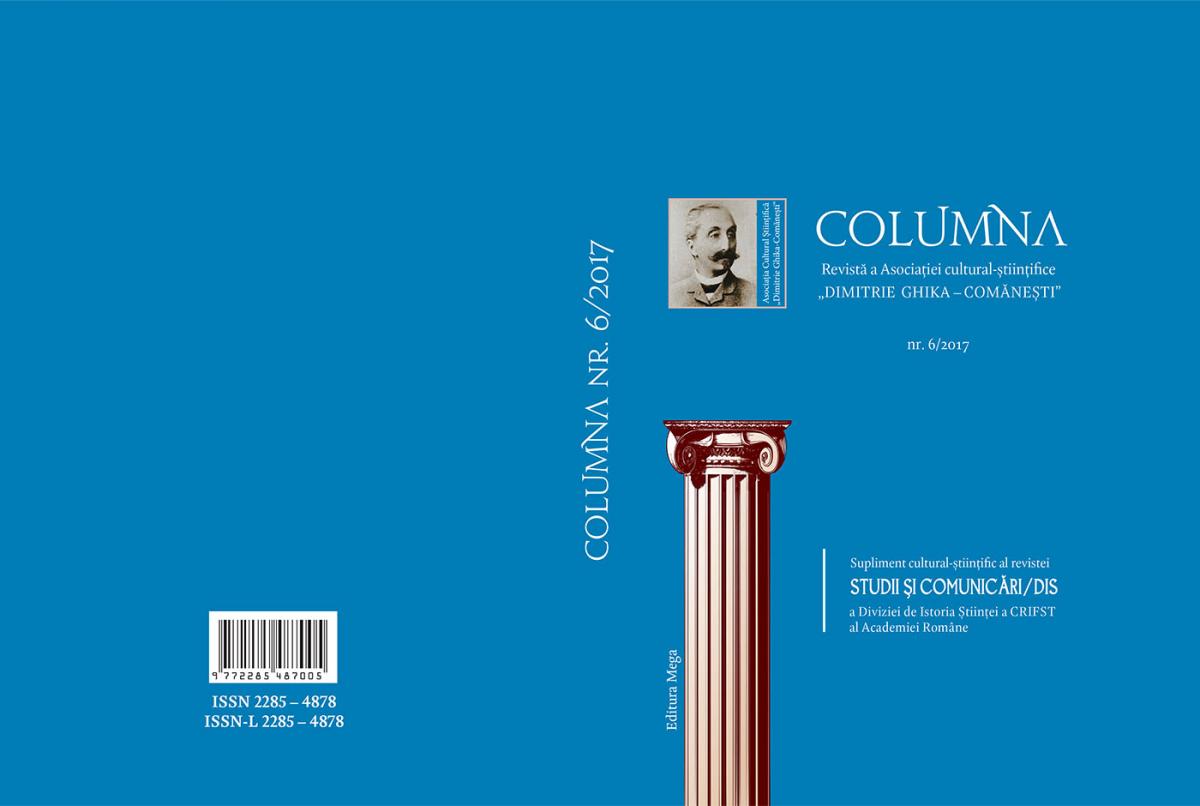O pătrundere în „LUMEA NANO” a lui Stefan Hell
An intrusion into Stefan Hell's NANO WORLD
Author(s): Alexandra GhinulescuSubject(s): Scientific Life
Published by: Asociația Cultural Științifică „Dimitrie Ghika-Comănești”
Keywords: nanosciences; nano-technology; nanoscopic; physics; research;
Summary/Abstract: Stefan W. Hell is a scientific member of the Max Planck Society and a director at the Max Planck Institute for Biophysical Chemistry in Göttingen, where he currently leads the Department of NanoBiophotonics. He is an honorary professor of experimental physics at the University of Göttingen and adjunct professor of physics at the University of Heidelberg. Since 2003 he has led the High Resolution Optical Microscopy division at the German Cancer Research Center (DKFZ) in Heidelberg. Professor Stefan Hell is the one who opened an entirely new domain in physics, the optical nanoscopy. His exceptional works are spadework in the domain of super-resolution optical micros‑copy with broad applications in nanosciences and nano-technologies. Dr. Hell has a definite contribution in breaking the resolution limit imposed by the diffraction and represented by the mathematical formula discovered by Abbe in 1873. The exceptional discovery of professor Hell has huge implications in this moment in life sciences research.Certainly, this will contribute to a successfully understanding of the nanoscopic scale phenomena studied in material science, biology and other do mains of life sciences. The importance of this discovery is fundamental for medical research. The fact that the invention of professor Hell was followed by an explosion of publications in journals of great prestige and the apparition of new investigation techniques based on this discovery clearly highlights its value. 4Pi microscope is the first great achievement of Stefan Hell; because this microscope has a resolution of the order of 100 nm, this represents an improvement of several times of that obtained in confocal microscopy. The resolution improvement was obtained using two microscope objectives placed in opposition, which focused the light on the same area. In this way, the samples placed in the common area of the focal plane can be illuminated with coherent light from both sides, and the reflected or fluorescent light can be collected in a greater quantity and coherently.
Journal: COLUMNA
- Issue Year: 2017
- Issue No: 6
- Page Range: 555-563
- Page Count: 9
- Language: Romanian

